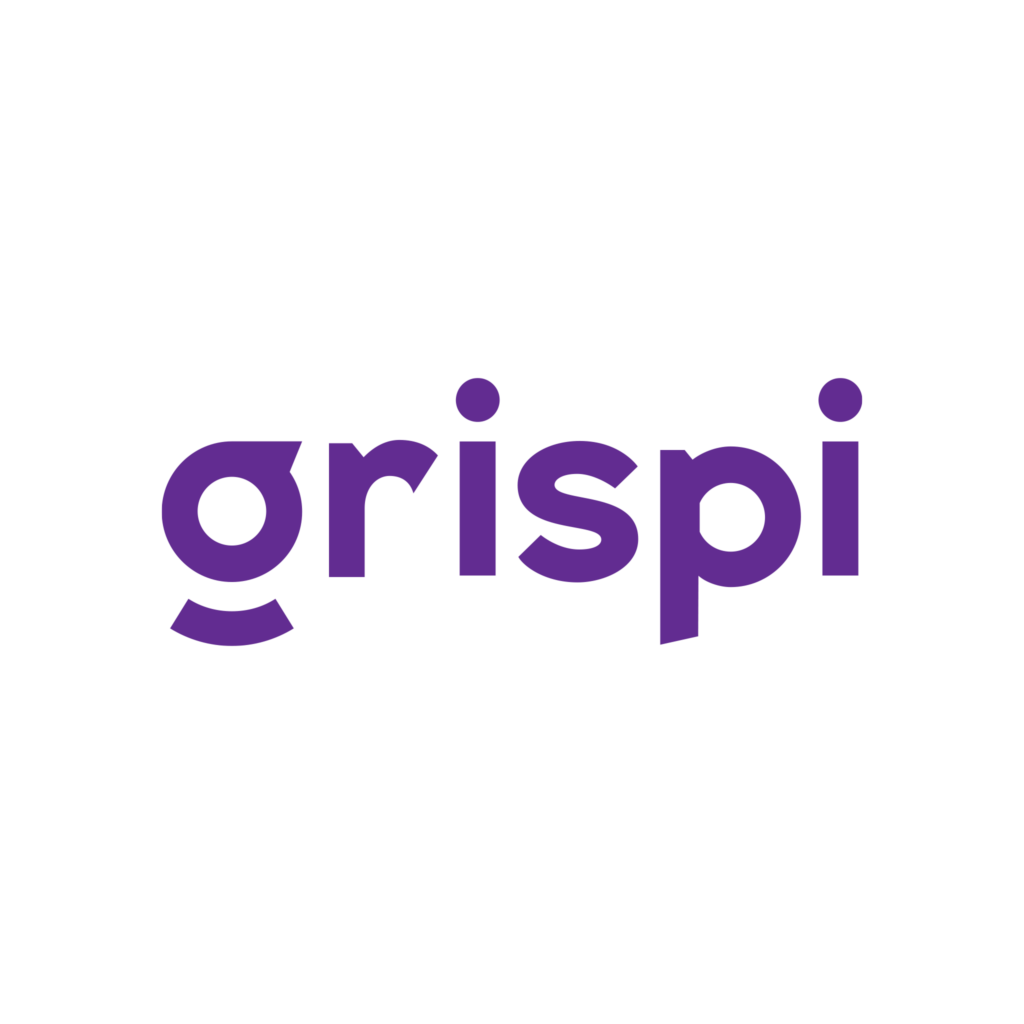How to Create a Good Sales Offer?
- August 31, 2024
-
Asude Sena Örentaş
A successful sales proposal is key to convincing potential customers. An effective proposal involves understanding the customer’s needs and providing them with customized solutions. In this article, we’ll explore the best practices for creating a compelling sales proposal, with examples.
How to Make a Sales Proposal?
A sales proposal is a formal way to present your products or services to potential customers. A good proposal should have a clear, concise, and engaging structure that meets customer needs. Properly analyzing your target audience increases the proposal’s effectiveness. Let’s look at the steps to create a perfect sales proposal.
1. Know Your Target Audience
The first step is to understand the person or company you’re addressing. Understanding your target audience’s needs, expectations, and pain points allows you to offer customized solutions.
For example, if a software company proposes a solution for small businesses, it should refer to the specific challenges these businesses face. An offer to reduce costs for a small restaurant might highlight a specially designed inventory management system that reduces food waste and controls expenses.

2. Use a Clear and Specific Title
The title is the first element that grabs the reader’s attention. Make sure it clearly communicates the proposal’s content and value. Short and concise titles are more likely to attract interest.
For example, “20% Cost Reduction for Small Restaurants with Our Inventory Management System” clearly conveys the value of the offer.
3. Create Customer-Focused Content
Explain why your solution is the best choice. Highlight the benefits and how your offering solves specific problems. Customizing the content to match the customer’s needs makes your proposal more compelling.
Example:
“This software tracks your restaurant’s inventory in real time and provides weekly reports. You can reduce food waste by 30% and cut ingredient costs by 20%.”

4. Promote Your Company
Briefly introduce your company and your experience in the industry. Include references, success stories, or customer testimonials to build credibility.
Example:
“XYZ Software has been developing solutions for restaurants for over 10 years. We’ve helped more than 500 restaurant clients reduce costs by an average of 15%.”
5. Provide Clear and Transparent Pricing
Clearly state the cost of each service or product. Avoid hidden fees and explain the pricing rationale. Transparent pricing increases trust and reduces objections.
Example:
“Annual license fee: 5,000 TL. This includes all updates and 24/7 support. Installation and training services cost an additional 1,000 TL.”
6. Include a Strong Call to Action
End your proposal with a clear and compelling call to action. Provide contact information and outline the next steps. Creating urgency with a limited-time offer can be effective.
Example:
“Contact us by August 15th to get a 10% discount. For more information, call [phone number] or email us at [email address].”

7. Focus on Visual Appeal and Design
A clean, professional design enhances your proposal’s impact. Pay attention to layout, colors, and readability. Use visuals such as graphs, tables, and screenshots to improve clarity. Including images of your software helps the customer visualize the product.
8. Revise and Collect Feedback
After drafting your proposal, always revise it and ask for feedback from colleagues. This helps eliminate mistakes and improve effectiveness. Ensure the content is easy to understand and nothing important is missing.
Why Is a Sales Proposal Important?
A sales proposal is often the first formal communication between your company and a potential customer. It plays a critical role in shaping impressions. A well-crafted proposal not only showcases your offering but also builds trust.
When a software company clearly explains how its solution addresses customer needs, it earns credibility. A strong proposal helps you stand out in a competitive market and increases your chances of winning the deal.

What Does a Good Sales Proposal Do for Your Company?
A good sales proposal supports customer acquisition by highlighting your professionalism and value. Here’s what it can achieve:
Increased Customer Confidence
- Demonstrates Professionalism: A carefully prepared proposal reflects your company’s professionalism and boosts customer confidence.
- Provides Transparency: A clear and open proposal helps customers understand whether your offering meets their expectations.
Higher Sales Rates
- Emphasizes the Value Proposition: A strong proposal highlights the value of your product or service and explains how it benefits the customer.
- Provides a Competitive Advantage: It helps differentiate your company from competitors and increases your chances of closing more deals.
Improved Customer Satisfaction
- Clarifies Expectations: Clearly defines what the customer will receive and what they are paying for.
- Builds Long-Term Relationships: Customers who are satisfied from the first interaction are more likely to become loyal over time.
Greater Operational Efficiency
- Accelerates Processes: A standardized proposal format streamlines the preparation process and saves time.
- Reduces Errors: A well-structured proposal minimizes misunderstandings and mistakes.
Enhanced Financial Performance
- Drives Revenue Growth: Helps you generate more—and larger—sales.
- Reduces Costs: Prevents unnecessary expenses by eliminating confusion and rework.
Stronger Brand Image
- Builds Credibility: A well-crafted proposal creates a positive impression of your brand’s reliability and quality.
- Projects Professionalism: Enhances how potential customers and business partners perceive your company.
An effective sales proposal is focused on the customer, clearly structured, and transparent. Know your audience, tailor your message, and end with a strong call to action. A well-prepared proposal not only drives results but also enhances your company’s reputation.
Contact us
Fill out the form for detailed information and demo account, let us call you.
